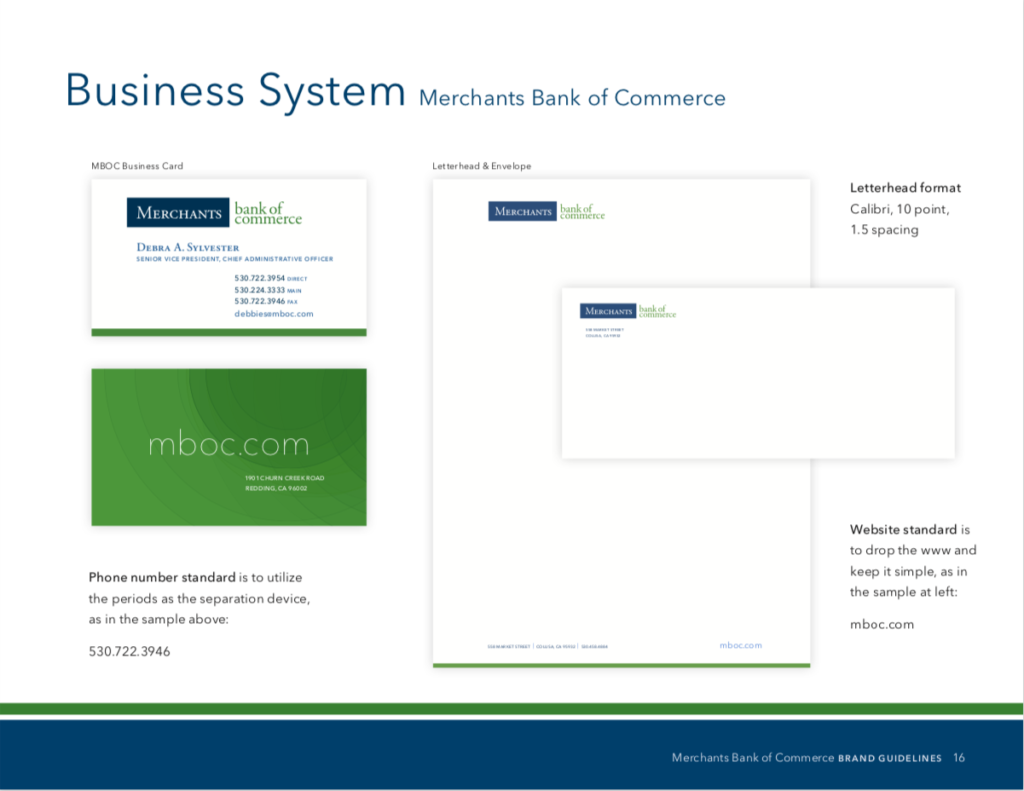
No matter what your organization’s goal is, whether that is growing the organization, creating more awareness, or delivering important messages, the first step in accomplishing any of those goals is to create a unique and memorable brand identity.
Brand identity encompasses how your brand looks, feels, and communicates with people. It establishes who you are, differentiates you from your competition, and creates a landscape that motivates people to interact with you. Your brand identity is built upon the foundation of your organization’s core values, creating a personality that communicates and leaves an impression on your target audience.
Elements of Brand Identity

Your brand is more than just your logo (although that’s a crucial aspect); it includes everything from your colors, fonts, packaging, and even customer service style. If you compile all the puzzle pieces together in a streamlined and consistent process, you’ll make it easier for your audience to understand and connect with your business.
There’s no one-size-fits-all approach when it comes to brand identity, and some elements are more important for some industries than others. Here’s a list of brand identity factors that you’ll want to identify as critical for your organization:
- Brand / company name
- Clear purpose and positioning
- Tone and voice
- Logo
- Colors
- Typography
- Photography
- Graphics and illustrations
- Iconography
- Website
- Signage
- Decor / interior design
- Packaging
- Video
- Customer experience style
- Staff
- Senses: smell, sound, etc.
- Social media profiles
When designing your brand identity, think of it as creating a comprehensive visual language that will be communicated everywhere people see your brand, whether it’s online or on tangible objects.
This design process is no small feat, and it won’t happen overnight. The development of an effective brand identity is time-consuming, but the result will be more than worth it. As you begin this process, here are some attributes you’ll want your brand identity to achieve:
- Uniqueness - It stands out from the competition and catches people’s eyes
- Unforgettable - It leaves a lasting impression on your audience so that they’ll recognize you every time
- Adaptable - It needs to be able to grow and evolve with your organization
- United - Each piece of the puzzle works to create the bigger picture
- Transferable - It needs to be easy to apply for designers to use
Now let’s get into the details on the main elements of brand identity.
Purpose and Positioning
Your organization’s purpose and positioning drive everything that you do, and every brand identity decision you make should be made with your potential customers in mind. To help nail down your business’s purpose and positioning, here are some questions to consider:
- What are your company’s goals and values?
- How would you describe your brand’s personality?
- Who is your target audience? Who are you trying to reach?
- What kind of value does your company bring to its current and potential customers?
- Who are your competitors?
- What makes your business unique in your industry?
- Why should people come to you vs. your competition?
Logo
Your logo is the most recognizable element of your brand identity and should tell a story. An effective brand logo meets the following standards:
- Timeless
- Simple
- Memorable
- Versatile
- Appropriate
Typography
Typography is a small piece of the puzzle, but a critical factor to your overall brand identity. There are good fonts and bad fonts, so when choosing these for all of your written online and printed content, keep in mind the following:
- Avoid cheesy fonts (especially Comic Sans and Papyrus)
- Pick 2-3 font families for a unified look
- Make sure it’s easy to read
- Go with a timeless look - avoid trendy typefaces and stick to classic and clean fonts
Colors
The colors you choose for your brand not only reflect your organization’s purpose and intent, but they will also convey meaning and emotion to your audience. Here are some questions to ask yourself during this phase:
- Which shades best reflect the values you want to represent?
- What colors are associated with your industry? Do you want to follow suit or be an outlier?
- Which color combinations are attractive and complement each other?
Imagery

Like colors, all forms of imagery provoke connection and emotion. You want your photos, graphics, and illustrations to tell a compelling story. People respond better to stories that move them, both emotionally and to take action. By creating and displaying effective imagery, you can better establish an emotional connection with your customers, which is the first step in building a long-term relationship with your brand.
Signage and Packaging

Signage and packaging are still a large part of branding your organization. Make sure your logo, colors, and chosen typography are utilized on all signage and packaging to keep your branding front and center in customers’ minds.
Website and Social Media
In today’s digital age, many people’s first interaction with your brand will be online - whether it’s through your website or social media profiles. Make sure that your logo, colors, imagery, and values are consistent across all of your online platforms. It’s also crucial to ensure your tone and voice is also unvarying across all communication channels with your customers. Everything from your website copy to how you respond to comments on your social media posts to how you handle negative Yelp reviews needs to be conducted in the same manner.
Creating a Brand Style Guide and Templates

Once you’ve nailed down all the elements of your brand identity, it’s time to document them and create templates to ensure consistency. This style guide is essentially a rule book when it comes to your organization’s branding, including instruction on your brand’s visuals, voice, tone, and values. Fill it with practical examples and use-cases, so that anyone creating materials for your company can use it as a guideline.
Be sure to create templates for things such as emails, letters, business cards, etc. that will provide your organization a more cohesive and professional appearance. This brand style guide should be distributed to the team, regularly updated, and transferable, meaning you can hand it over to anyone outside the organization creating materials for you to replicate your branding successfully.
Outcomes of a Well-Developed Brand Identity
A well-developed brand identity makes your brand more powerful in the marketplace. If you take the design process seriously and spend the necessary time and effort on it, your brand identity should accomplish the following:
- Establish credibility and trust - Creating a brand face and personality and maintaining it consistently over time builds credibility in your industry and trust among your customers.
- Flexibility - Consistency is crucial to effective branding, but so is being flexible in our fast-paced world. Flexibility allows for adjustments depending on what resonates and what doesn’t with your audience. As your organization grows, you’ll probably find opportunities to modernize and adapt your branding to keep your audience interested.
Final Thoughts
“A good product generates customers, but a good brand generates advocates.” - HubSpot
Now that you have the puzzle pieces required to build your brand identity, get after it! We know that this is a time-consuming and challenging process, so if you’re looking for a creative partner to help you strategize and implement all the components of a solid brand identity, be sure to reach out to our team. We have years of experience helping companies elevate their existing brands as well as creating new brands from scratch.





